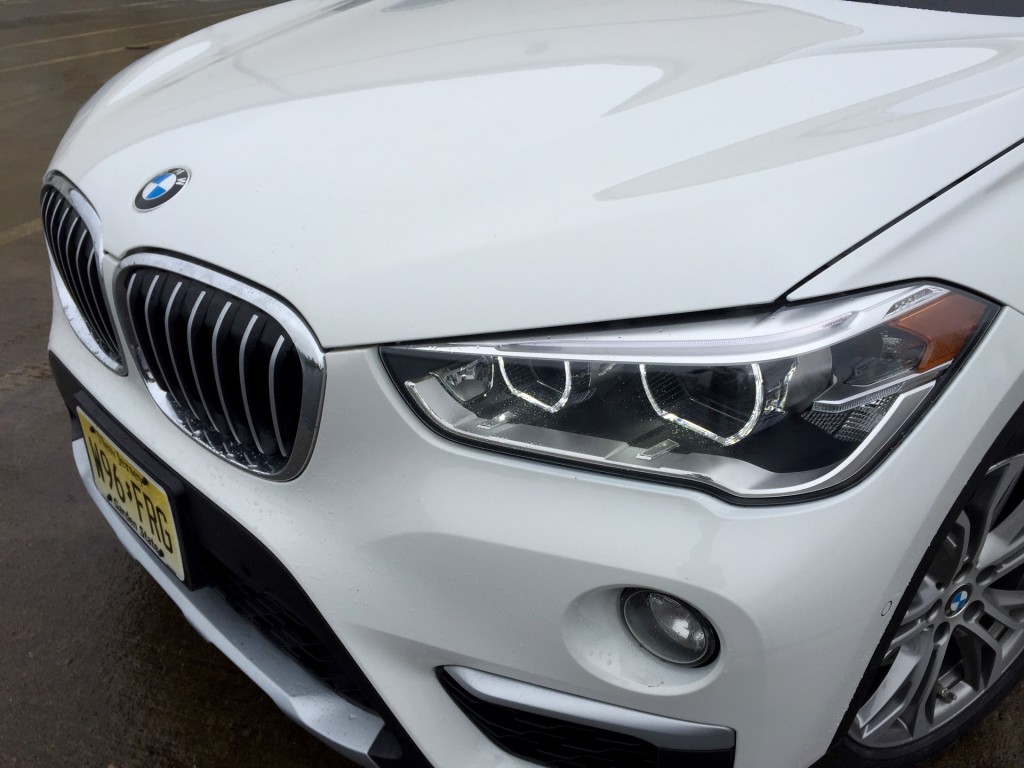It's something that a lot of auto reviewers know, but maybe haven't focused on: most new-car headlights just aren't that good.
Now the Insurance Institute for Highway Safety (IIHS) has started to test exactly how well the headlights in new cars actually do at lighting the road ahead.
The results are even worse than you might have expected.
DON'T MISS: Some small SUVs may stint front passengers on safety: IIHS
In its second test of headlights in new cars, the IIHS looked at 21 small SUVs—and none performed well enough to earn the organization's top rating of "good."
In a previous test of 31 car models that looked at 82 different headlight configurations (covering multiple variants available on certain vehicles), only one model—the Toyota Prius V—earned a "good" rating.
The new SUV test included 47 headlight configurations across the 21 vehicle models tested, and most did not perform satisfactorily.
2016 Honda HR-V, debut at 2014 Los Angeles Auto Show
More than two thirds of the vehicles tested received the worst IIHS rating of "poor," while six garnered a slightly better "marginal" rating.
That makes this group even more deficient than the group from the mid-size car test, the institute said in a press release announcing the SUV test results.
Only four models managed an "acceptable" rating, which is one tier below "good" on the IIHS rating scale.
ALSO SEE: 2016 Toyota Prius hybrid gets good IIHS, NHTSA crash safety scores
Those were the 2017 Ford Escape, 2016 Honda CR-V, 2016 Hyundai Tucson, and 2016 Mazda CX-3.
The Mazda was determined to be the best performer, but only when equipped with the curve-adaptive LED headlights and high-beam assist offered on the top Grand Touring trim level.
High-beam assist automatically switches to low beams in the presence of another vehicle, to prevent blinding other drivers.
2016 Honda CR-V
The worst headlights belonged to the 2016 Honda HR-V.
To test headlights, the IIHS measures how far light is projected while driving straight, and on both gentle and sharp left- and right-hand corners.
The CX-3's low beams were found to be adequate on all but the gentle left-hand curve, while the high beams performed well in all scenarios.
MORE: 2016 Mazda CX-3: First Drive Of 31-MPG Small Sporty Crossover (Aug 2015)
But both the HR-V's low and high beams were deemed inadequate in each of those tests.
In addition, cars were docked points for excessive glare directed at oncoming drivers.
A total of 17 headlight combinations were found to have excessive glare, the IIHS said.
2016 BMW X1 - First Drive - April 2016
While the CX-3 boasted a fairly sophisticated headlight setup, the IIHS notes that more sophisticated technology doesn't necessarily garner better results.
In the previous test of cars, the Prius V did better with the most basic of its available headlight arrangements, while many luxury cars with complex lighting systems did poorly.
CHECK OUT: 2016 Honda HR-V Small Crossover Utility Gets Highest Safety Scores (Sep 2015)
The only technology explicitly promoted by the IIHS is high-beam assist, because the organization believes it increases the rate of high-beam use.
Poor headlight performance is likely due to inadequate government standards based on laboratory tests that don't accurately replicate real-world driving conditions, the IIHS said.
It plans to conduct a group test of the headlights fitted to pickup trucks next.
_______________________________________________












